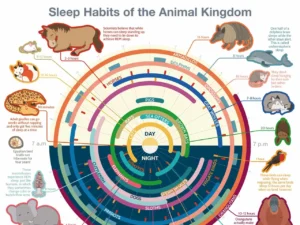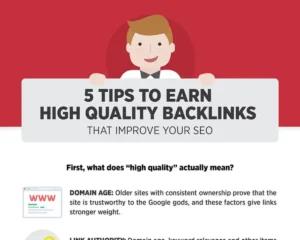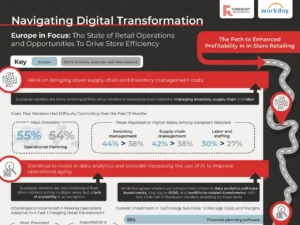Human-centric marketing has emerged as a transformative approach that prioritizes the needs, wants, and behaviors of consumers. This method focuses on building deeper connections with customers, resulting in more effective and meaningful marketing strategies. Let’s delve into what humans centric marketing is, how it works, and why it is essential for modern businesses.

What is Human-Centric Marketing?
Human centric marketing revolves around creating brands that cater specifically to human needs and desires. According to Philip Kotler, it emphasizes delivering products that resonate with the core values, emotions, and identities of consumers. This approach transcends traditional demographic-based marketing, shifting focus towards understanding the intricate aspects of human behavior.
Key Benefits of Human-Centric Marketing:
Increased Engagement: By addressing the real issues and desires of consumers, brands can foster greater engagement.
Enhanced Customer Loyalty: Personalization and emotional connections drive loyalty.
Higher Conversion Rates: Relevant and targeted marketing messages lead to improved conversion rates.
Improved Brand Perception: A focus on human needs elevates brand perception and credibility.
How Does It Work?
Traditional marketing strategies often rely on demographic data to segment and target audiences. Human centric marketing, however, integrates three main
components:
OCEAN Profiling: Utilizing the OCEAN (Openness, Conscientiousness, Extraversion, Agreeableness, Neuroticism) model to understand personality traits.
Data-Driven Insights: Leveraging data analytics to gain deeper insights into consumer behavior.
Personalized Messaging: Crafting messages that align with the psychological and emotional profiles of the target audience.
This method transforms marketing into a “positive search engine” for solutions that meet the unique needs and desires of consumers. The ultimate goal is to build trust and a sense of connection, which are crucial for brand loyalty and advocacy.
Why Should You Use Human-Centric Marketing?
Identifying New Growth Areas: By focusing on human insights, businesses can uncover new opportunities for growth that are not apparent through traditional marketing methods.
Boosting Customer Satisfaction: Personalization makes customers feel valued and understood, enhancing their overall satisfaction.
Creating Advocates: Satisfied customers are more likely to become advocates, promoting the brand organically.
Enhanced Decision-Making: Understanding consumer behavior at a deeper level helps in making more informed business decisions.
How Can You Apply This to Your Marketing?
Tony Zambuto outlines three core principles for implementing human centric marketing:
Focus on Human Insights: Dive deep into the lives, behaviors, and also preferences of your target audience. Use this information to tailor your marketing strategies.
Understand Immersion: Companies should strive to immerse themselves in the experiences and also environments of their customers to understand their needs better.
Develop a Human-Centered Approach: Move beyond a purely business-centric view and also adopt a holistic approach that considers the human aspect in all marketing efforts.
Steps to Implement Human-Centric Marketing:
Conduct Comprehensive Research: Use surveys, interviews, and also social listening to gather data on customer preferences and behaviors.
Utilize Data Analytics: Employ advanced analytics to interpret this data and also extract actionable insights.
Personalize Interactions: Develop marketing campaigns that speak directly to the individual needs and also emotions of your audience.
Engage Continuously: Maintain an ongoing dialogue with your customers to stay updated on their evolving needs and preferences.
Conclusion
Humans centric marketing is revolutionizing the landscape of marketing by placing the customer at the heart of all strategies. By focusing on human insights, understanding immersion, and also adopting a human centered approach, businesses can build stronger, more meaningful connections with their audience.









